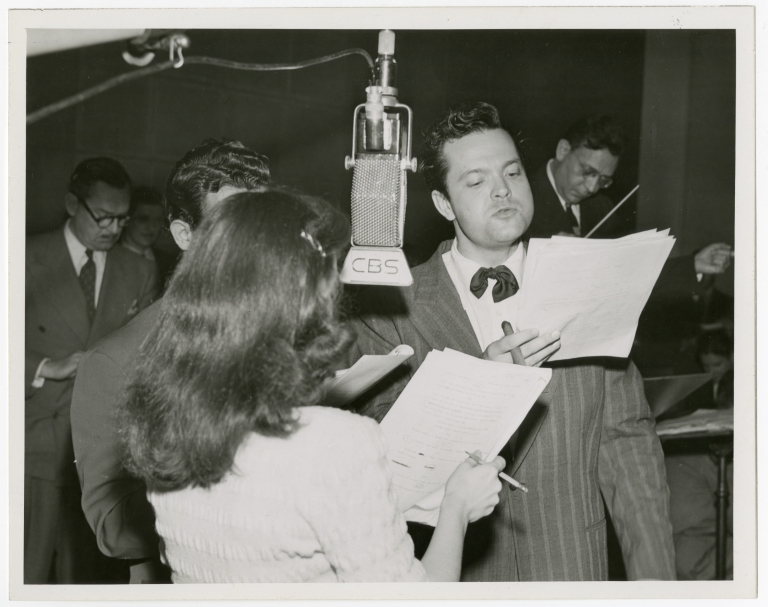Indiana University Libraries’ Lilly Library is celebrating the 80th anniversary of the 1938 “The War of the Worlds” broadcast by openly streaming its recent digitization of the infamous radio event taken directly from Orson Welles’ personal lacquer disc recordings.
The Lilly Library’s collection features Welles’ radio scripts, production material for his theater work and artifacts about his early films, in addition to the recordings of his radio programs.

The radio show adapted H.G. Wells’ 1898 novel “The War of the Worlds,” setting the story in the United States in 1939 and starting off the narrative as a musical show that turned into a dramatized news report about Martians invading earth.
Despite several announcements that the radio segment was a theatrical rendition of the novel, some people thought the broadcast was real, causing panic and confusion across the nation.
Erika Dowell, associate director and curator of modern books and manuscripts at Lilly Library, said the radio drama established such a realistic presence because, unlike most other dramatic programs at the time, Welles delved into first-person narratives.
“Even if he was switching between narrators, he was making it first person – not an omniscient narrator guiding the storyline,” she said. “He also did a lot of interesting things with sound effects and used those in ways to make the reporting seem believable.”
This broadcast helped fuel skepticism surrounding radio, which was still a pretty new means of mass communication, Dowell said. While there was a question as to how much of this panic was real, people used this event to criticize radio, saying that Americans were too naïve and emotional, and that it could be easily used to manipulate groups of people.
Hear the recordings
IU is home to one of the greatest collections of Welles’ work in the world, covering almost all of his work from the first half of his career. The Lilly Library first acquired the copies of Welles’ broadcasts in 1978, though the six discs containing the broadcast had long been silent due to concerns over their deterioration. Instead, visiting and local scholars studying Welles’ radio innovations could listen to cassettes copied from reel-to-reel recordings of the original discs.
Last year, through a partnership with IU’s Media Digitization and Preservation Initiative and support from the National Recording Preservation Foundation, IU Libraries launched an online project, publishing the digitized copies of Welles’ radio work.
Streaming episodes on the website, in addition to “The War of the Worlds,” include Welles’ weekly radio dramas, such as “Sherlock Holmes” and “Dracula,” famous adaptations of literature, his political commentary and wartime broadcasts. Together, the “Orson Welles on the Air” materials represent the most complete original source of audio for Welles’ radio work during the late 1930s and 1940s, with the highest extant sound quality.
In fact, some of the specific episodes housed at the Lilly Library don’t appear to exist anywhere else. In most cases, they are original recordings cut directly from the broadcast as they aired – a contrast to materials currently available through other internet sources, many of which are the result of generations of tape traders.
In addition to the scholarly potential in the digitized collection, Dowell said she’d like to see more undergraduate students listen to Welles’ broadcasts.
“Since podcasts have become such a popular communication tool in the last few years, it would be helpful for students interested in podcasts to listen to one of the most famous radio broadcasts in U.S. history,” she said.

